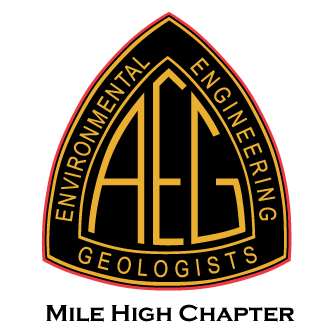Our October speaker will be Ana Vargo with the U.S. Dept. of Agriculture - Natural Resources Conservation Service, Colorado State Office, on Rehabilitation of Tibble Fork Dam, Utah County, Utah
Please note: if the government shuts down on October 1 and remains shut down on October 10, Ana will not be able to give her talk. We will still have our October chapter meeting; Amy and Jill will figure out an alternative talk or activity.
Abstract: Tibble Fork Dam rehabilitation design included a 15-foot raise in the dam height, cutoff wall, grout curtain, new dam alignment, new downstream berm, additional construction material required for dam raise, and new spillway location on the left abutment. Review of existing data indicated that the site is located in a geologically complex area, that included the potential for liquefiable soils. During the rehabilitation process (2010 to 2016), 28 boreholes were drilled, and 86 test pits were dug. Eight cross sections were generated to demonstrate the complexity of the geology below the dam and berm and help determine the excavation and replacement of liquefiable foundation soils. The stream has cut into a conglomerate, tuff, and Tertiary deposits creating a complex relationship. Youngest alluvium from the current stream was deposited on the tuff, additionally, in a few boreholes, unconsolidated alluvium occurs below the tuff. This alluvium was deposited prior to the volcanic action which formed the tuff. Previously mapped Tertiary volcanics (tuff) deposited in a graben are actually part of the Tibble Formation; therefore, the left abutment fault does not exist as shown on existing maps. However, the possibility of pre-Quaternary age faulting or interfingering of the Tertiary Volcanic rocks of the East Traverse Mountains is possible. The tuff is known to cause landslides. The tuff has characteristics of lean clay (CL), clayey sand (SC), clayey gravel (GC), fat clay (CH), and elastic silt (MH). Much of the dam embankment is founded on relatively pervious alluvium and colluvium requiring a cutoff wall to inhibit seepage beneath the dam. Additionally, the Wasatch Fault occurs about 5.2 miles (8.4 km) west requiring the new downstream berm to enhance embankment stability. The construction of the dam was completed in 2017.
